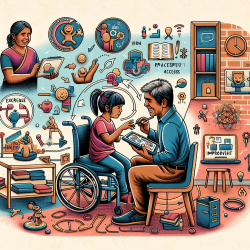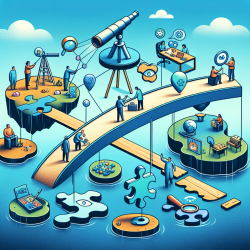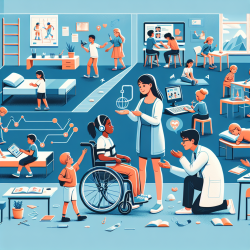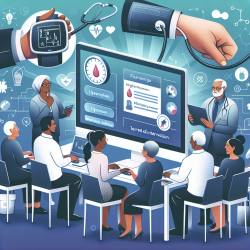The rapid pace of urbanization presents a myriad of challenges for cities worldwide. By 2050, it's expected that 68% of the global population will reside in urban areas. This shift necessitates innovative approaches to address issues such as transportation, energy management, waste disposal, and inclusivity for diverse populations, including older adults and individuals with disabilities.
The research article titled "Complex Urban Systems: A Living Lab to Understand Urban Processes and Solve Complex Urban Problems" provides valuable insights into tackling these challenges. This piece is a treasure trove for practitioners looking to enhance their skills and contribute to urban innovation.
Key Takeaways for Practitioners
- Interdisciplinary Collaboration: The article emphasizes the importance of collaboration across various disciplines such as data science, engineering, environmental science, and policy-making. Practitioners should seek partnerships with academic institutions and industry experts to foster innovation.
- Sustainable Practices: Kitzmann et al. highlight the need for sustainable economic, societal, and political transformations. Practitioners can implement sustainable practices within their organizations to contribute to global sustainability efforts.
- Leveraging Technology: The use of technology is crucial in understanding and solving urban problems. Tools like JamVis for traffic analysis or AI-driven solutions for data equity are examples that practitioners can explore to enhance their work.
- Policy Engagement: Engaging with government policies can lead to innovative solutions. For instance, New York City's Local Law 97 aims to reduce greenhouse gas emissions from buildings. Practitioners can collaborate with policymakers to develop strategies that align with such regulations.
Encouraging Further Research
The article serves as an invitation for practitioners to delve deeper into urban research. By staying informed about the latest developments in urban science and technology, practitioners can remain at the forefront of innovation.
Practitioners are encouraged to explore case studies and methodologies presented in the article. For instance, studying the impact of autonomous vehicles on traffic flow or examining renewable energy integration into city grids can provide practical insights applicable to their work.
Conclusion
The complexities of urban environments demand a proactive approach from practitioners. By adopting interdisciplinary methods, leveraging technology, engaging with policy frameworks, and committing to sustainability, practitioners can play a pivotal role in transforming cities into more livable and resilient spaces.
To read the original research paper, please follow this link: Complex urban systems: a living lab to understand urban processes and solve complex urban problems.










